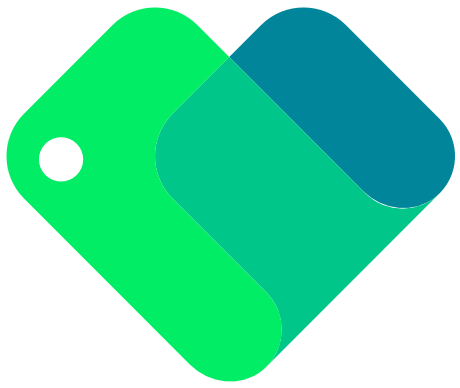Empowering Data Analysis with No-Code Tools: From Spreadsheets to Insights

Understanding No-Code Tools
No-code tools are software applications that allow users to create, modify, and manage digital solutions without the need for programming knowledge. They typically offer drag-and-drop interfaces, pre-built templates, and intuitive design elements that help users build data workflows and visualizations effortlessly. These tools democratize data analysis, making it accessible to those who may not have a technical background.
The Shift from Spreadsheets
Spreadsheets have long been the backbone of data analysis. With programs like Microsoft Excel or Google Sheets, users can organize, calculate, and visualize data to some extent. However, as data complexity grows, so do the limitations of spreadsheets. This is where no-code tools come into play, providing more robust solutions for comprehensive data analysis.
Enhanced Data Visualization
One of the primary advantages of no-code tools is their ability to create sophisticated data visualizations. Unlike spreadsheets, which offer basic charting options, no-code platforms provide advanced graphing, mapping, and dashboard capabilities. These visual tools can help identify trends, patterns, and outliers in data that might be overlooked in a spreadsheet format.
Automating Data Workflows
No-code tools also excel at automating repetitive tasks. With integrated automation features, users can set up workflows that automatically update data, generate reports, and send notifications based on specific criteria. This automation saves time and reduces the risk of human error, ensuring that your data analysis is both accurate and efficient.
Collaboration and Sharing
Collaboration is another significant benefit of no-code tools. Many of these platforms are cloud-based, allowing multiple users to work on the same project simultaneously. Team members can share insights, leave comments, and make edits in real-time, fostering a collaborative environment that enhances data analysis outcomes.
Implementation in Various Industries
No-code tools have a broad range of applications across different industries. In healthcare, they can be used to analyze patient data and improve treatment plans. In marketing, no-code platforms can track campaign performance and optimize strategies. Financial analysts can use these tools to monitor market trends and predict future movements. The possibilities are endless, showcasing the versatility and power of no-code solutions.
Getting Started with No-Code Data Analysis
To start empowering your data analysis with no-code tools, begin by identifying the specific needs of your data projects. Research and choose a no-code platform that aligns with your goals and offers the features you require. Most importantly, take advantage of tutorials, webinars, and community forums provided by these platforms to get up to speed quickly.
Once you’ve selected your tool, import your data and start experimenting with different workflows and visualizations. Don’t be afraid to iterate and refine your processes as you become more familiar with the platform’s capabilities. Remember, the ultimate goal is to transform your data into meaningful insights that drive informed decision-making.
In conclusion, no-code tools are democratizing the field of data analysis, enabling anyone to harness the power of data without needing extensive technical expertise. As you embark on your data analysis journey, consider leveraging these tools to enhance your capabilities and uncover deeper insights.
